BRAZILIAN FOOD
Feijoada - The Brazilian dish!
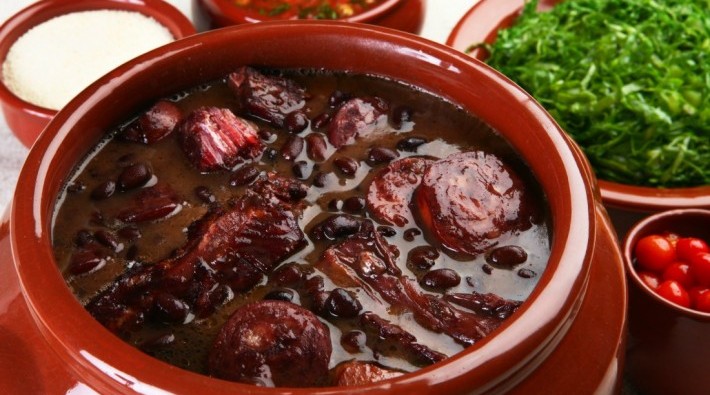
We Brazilians like to think that feijoada is a dish of Brazilian origin. This is true, but neither is it. I'll explain further.
The story that we know best about feijoada is the one that tells that the dish originated in the customs of African slaves, because in the time of slavery, the slave traders ate only the noble parts of the pig and the slaves were given the parts considered inferior, as ears, tails and feet. In turn, the slaves turned around as they could with what they had to eat: they mixed what was left of the pig with the black beans, cooked everything together and ate this mixture with farofa. Here is the feijoada.
However, there are controversies about the origin of the dish. Around the world, there are dishes similar to feijoada; this since ancient times. During the Roman Empire there was already a dish in which various vegetables, white beans and meat were mixed. In France there is the cassoulet, a kind of feijoada made with white beans. It seems to me that in the region of Asturias, northern Spain, it is customary to eat such a fabada, a mixture of white beans with ear and pig tail. In the Middle East, there is the fassulha, a stew of white beans with mutton.
It is a fact that mixing cereals and vegetables with meat in one dish is a common practice in many cultures. Spaniards have paella; the Italians, the minestrone ... and so on. Even in Brazil, there are several other dishes mixing these types of food: tropeiro beans, carreteiro rice…
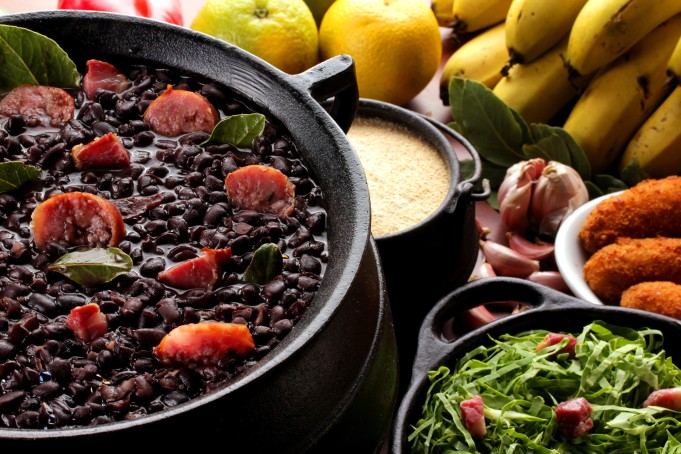
Well, even though we have ancestors, it cannot be denied that feijoada is a Brazilian dish. As we know it today, it is made only here, in Brazil. It is clear that the various influences cannot be ignored, let us go to them. Some say that the black beans came from Africa, along with the slaves; others, that he is from South America and cultivated by the Guarani Indians, who called them commanda, comaná or cumaná. Cassava flour, which I thought was originally from Africa, is said to have originated in America and was adopted as a food by Africans and Europeans in general when they came to Brazil. I don't know ...
Particularly, I keep the origin of the slaves, because although there were already similar dishes around the world, none of them is like our feijoada. In addition, the practice of mixing food and cooking it all together must be much more ancient, since it is a matter of practicality, economy and lack of options. Those who cook know that when there are few options, we take a little of everything we have and mix it up.
The feijoada was used as one of the signs of Brazilianness by the modernist movement, which wanted to exalt Brazilian culture, looking for the origins of its formation. It was a way of strengthening the Brazilian identity. For some folklorists, feijoada as we know it today (made up of beans, meat, vegetables and legumes) was an invention of the 19th century by restaurants frequented by the Brazilian slave elite. It might be…. wherever it goes, capital transforms, adorns and pasteurizes things.
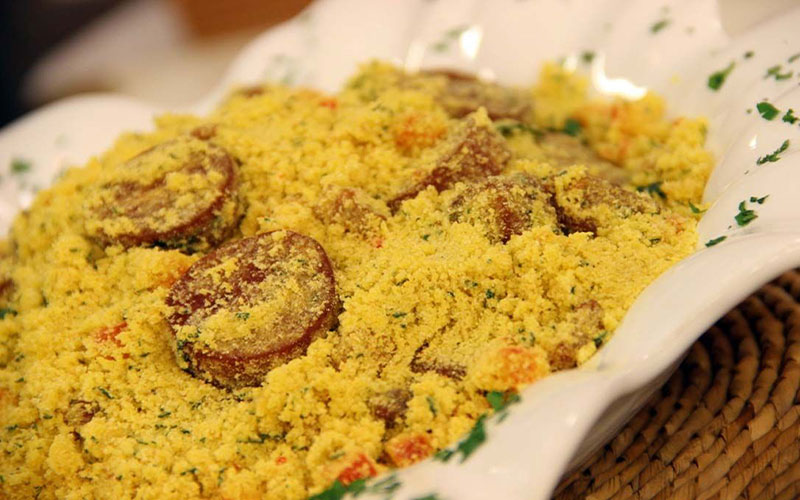 Farofa
Farofa
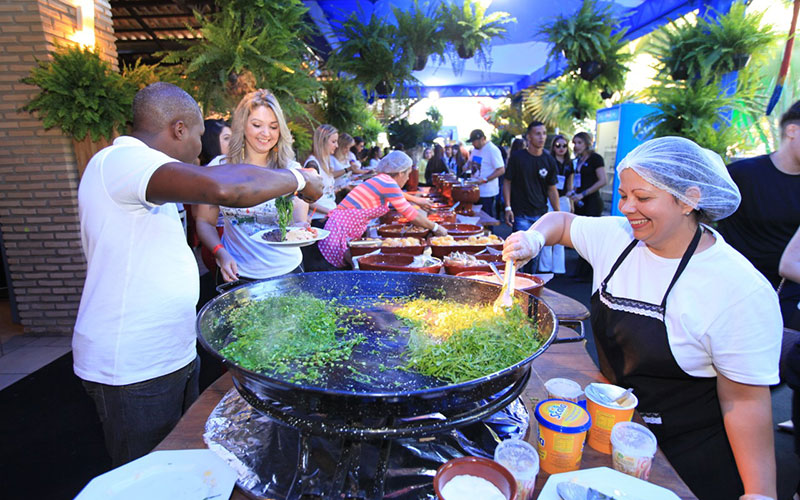 Feijoada is popular food
Feijoada is popular food
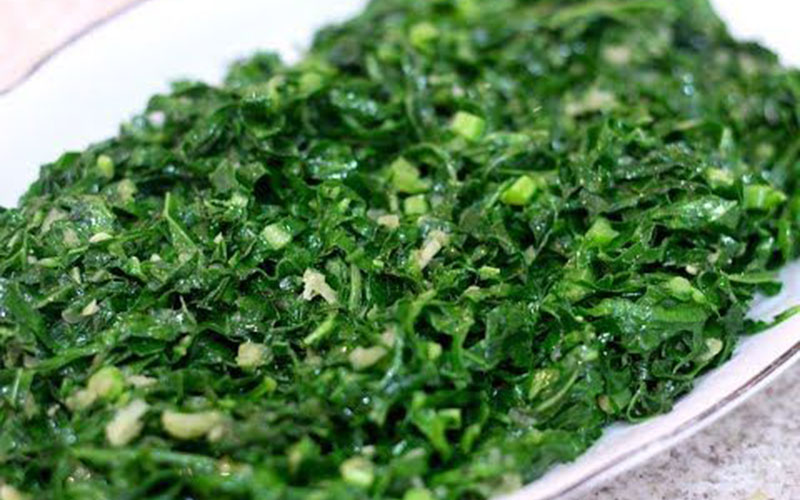 Braised cabbage
Braised cabbage
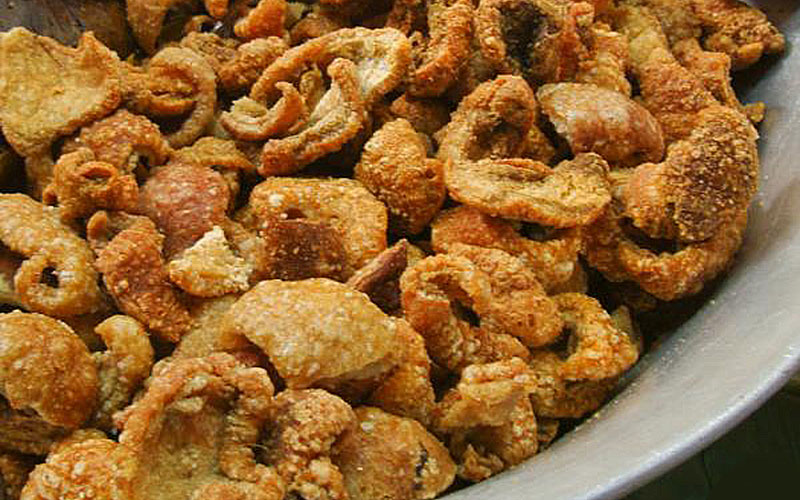 Crackling
Crackling




